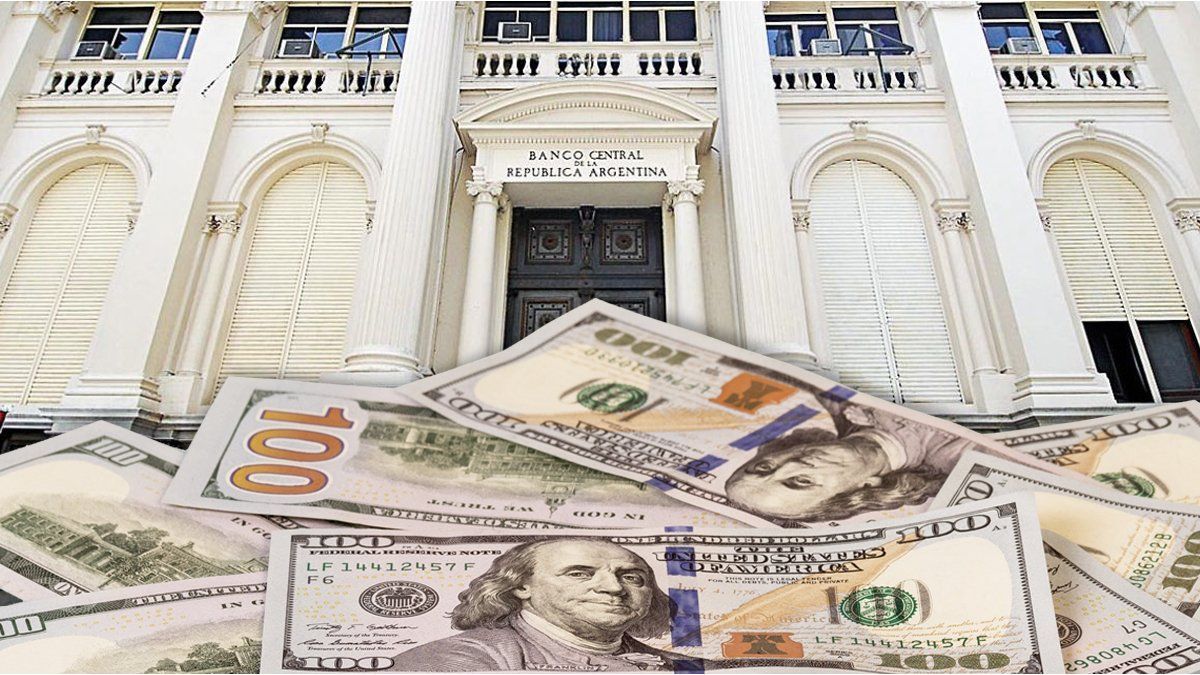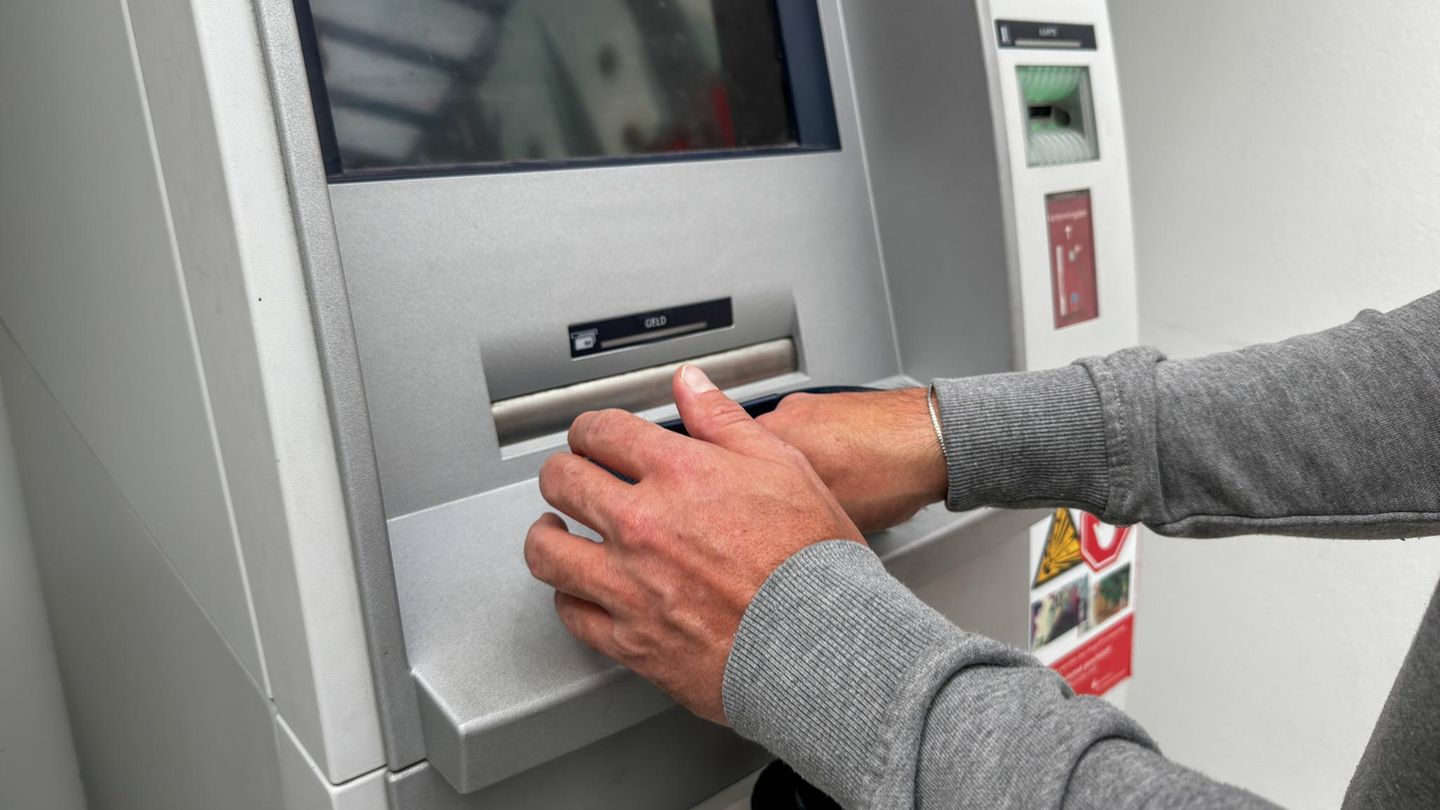Since the end of June of last year, the BCRA did not have the current levels of gross reserves. The market analyzes the accumulation process and the sustainability of the current number.
The Central Bank (BCRA) bought US$109 million this Wednesday in the official exchange market and started the third round followed by pockets, given that on Friday of last week the day had ended with a neutral result. However, the fact that draws most attention today is which exceeded US$30 billion for the first time in almost ten months.
The content you want to access is exclusive to subscribers.
And the BCRA already has gross reserves of US$30,017 million. “Since June 29 of last year it has not reached these levels,” says Romano Group economist Salvador Vitelli in dialogue with Ámbito. This is the product of a process in which the financial regulator has already purchased US$14,542 million in the official market since the current Government took office.


Meanwhile, if the last business day of the Alberto Fernández era is taken as a reference, on December 7 of last year, when gross reserves were US$21,208 millionin the current administration of the Government, They increased by US$8,809 million during Javier Milei’s management.
The keys of the BCRA to accumulate reserves
“The devaluation allowed the BCRA to rebuild reservessince with the crawling peg at 2%, with an initial exchange rate jump, promoted the liquidation of exports and reduced imports. Likewise, this was complemented by the persistence of exchange rate restrictionswhich keeps imports contained,” details Vitelli when explaining how he managed to achieve this purchasing trend.
Thus, as described by Gustavo Quintana, from PR Operadores de Cambio, who closely follows the dynamics of the official dollar every day, he assures that this level of reserves is “the result of the strategy developed since December and that combined several measures “:
- the maintenance of the stocks,
- an adjustment in the exchange rate,
- the stimulus to the entire export sector to liquidate with the diffusion of the blend dollar for all sectors,
- a very strong monetary restriction and
- a change in the expectations of economic agents.
“The drop in economic activity also had an influence, which, despite the release of certain imports and previous restrictions, did not have a consistent impact on the demand for foreign currency,” says Quintana.
In the same sense, economist Jorge Neyro indicates that this was achieved based on “the recipe that has been applied since December: lack of demand for imports due to restrictions on payment terms, a late dollar that advances at 2% monthly and a recession that limits the purchase of inputs in dollars abroad”.
However, Neyro considers that “it is not as significant a number as it seems,” since he points out that one cannot ignore the fact that these US$30 billion will not last long, given that the BCRA has to pay US$ s2 billion to the Monetary Fund (IMF) before the end of the month. That will affect reserves, without a doubt.
Developing.-
Source: Ambito
I am a 24-year-old writer and journalist who has been working in the news industry for the past two years. I write primarily about market news, so if you’re looking for insights into what’s going on in the stock market or economic indicators, you’ve come to the right place. I also dabble in writing articles on lifestyle trends and pop culture news.




